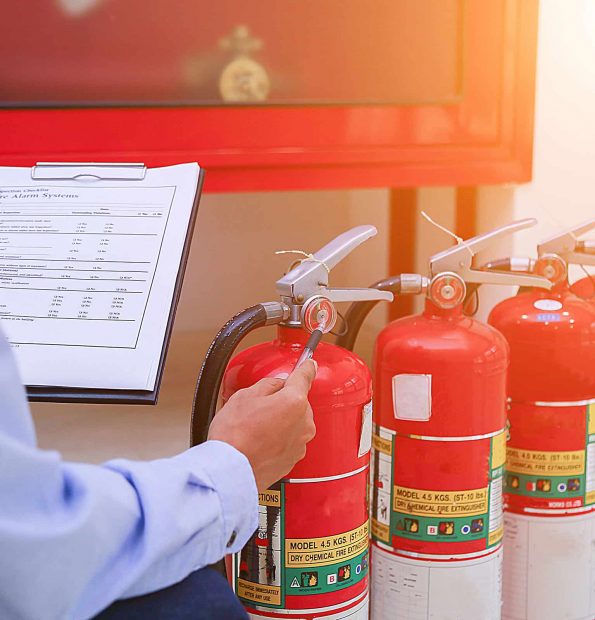The issue of fire safety in Sydney is not simply an issue of ticking off the boxes for compliance. At the heart of the program is the Annual Fire Safety Statement (AFSS), a document which not only meets legal requirements but also demonstrates the owner’s commitment to safety and responsibility. Together with the Fire Safety Certificate, the AFSS is the foundation of an organized system that guarantees the safety of occupants in buildings as well as reassures insurance companies and provides confidence to councils in the city’s buildings.
Why is there an Annual Fire Safety Statement
The requirement to have an annual Fire Safety Statement Sydney was not intended to be a paper exercise. The requirement was created because regardless of how effective a fire protection system is designed, it will only function if it’s regularly inspected, maintained and certified. A sprinkler put in place ten years ago might appear to be fine but without an inspection, there’s no way to guarantee that it will turn on in the event of an emergency.

The AFSS demands that owners prove, once every twelve months that all fire safety measures within their home, from alarms and hydrants, to lighting for exits–are still up to the standards initially set in the Building Code of Australia (BCA). This is more than an inspection. It’s a public statement that lives will be protected and that the building can withstand in the event of a catastrophic fire.
The Difference Between AFSS and Fire Safety Certificates
Owners frequently confuse owners often confuse the Fire Safety Certificate with the annual report, however these two certificates serve distinct functions. The certificate is given once major upgrades or a new system is set up. It’s a proof that new measures comply with the regulations before a building is utilized or rented. The AFSS is a supplementary step. It’s a regular obligation that proves the same systems are able to meet the standards every year following installation.
In combination, they form a cycle of protection: certificates confirm that safety measures are properly installed, and annual statements ensure that these systems are properly maintained throughout the lifespan of the building. A failure to complete either of the steps can break the entire chain.
The responsibility of the building owner
In New South Wales, the AFSS procedure is unique because the owner of the property has the ultimate responsibility. The AFSS system differs from other compliance systems that permit defects to be categorized into minor and major. If any one of the measures fails, the entire statement cannot be issued with any validity.
Owners must be proactive. They should organize inspections, recruit qualified professionals, plan repairs, and lodge documents with the council, all while meeting strict deadlines. For commercial landlords and strata committees, this task includes coordinating between tenants contractors, insurers, and tenants. While it can be challenging, the structure was designed to ensure security will never be at risk.
The wider impact of AFSS in Sydney
Beyond the legal requirements beyond legal compliance, the AFSS has broader implications. If you are considering renting a spaces, tenants are often asked whether the current safety declaration of a building. Insurance companies often require a copy prior to finalizing their coverage. A current Annual fire safety statement can therefore impact the value of a building, tenant confidence, as well as insurance premiums.
Councils can be reassured that the tens of thousands of Sydney buildings are regularly monitored. It means that fire authorities can have greater confidence in the system’s ability to function in times of crisis. This lowers the risk for firefighters as well as the occupants. The AFSS does not just focus on safeguarding structures. It is also about making the town safer as a whole.
Conclusion: AFSS is a Standard of Trust
The requirement for an Annual Fire Safety Statement Sydney could be seen as an administrative obstacle but in reality, it’s an indication of trust. It demonstrates that fire security measures aren’t left up to chance. It also shows that the apparatus is trustworthy and that the building owners are taking the responsibility for their residents health and well-being. It is a part of a process that validates the system’s installation and the operation of critical security measures.
For property owners, the lesson is clear: the AFSS is more than an annual deadline. It is an investment in security accountability, community trust and accountability. In the rapidly growing urban sprawl of Sydney which has thousands of residents relying on safe and compliant buildings, this is what truly makes the AFSS valuable.